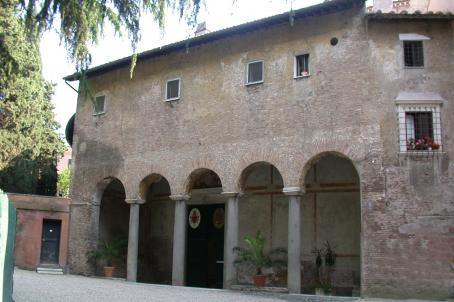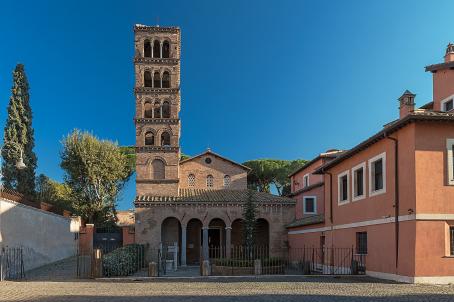Basilica of San Sisto Vecchio

The Basilica of San Sisto vecchio was first built in the 4th century and rebuilt at the beginning of the 13th century by order of Pope Innocent III (1198-1216). A fresco painted on this occasion and depicting scenes from the New Testament and apocrypha is preserved. The rest of the building, with the exception of the apse and the bell tower, was rebuilt in the 18th century by order of Pope Benedict XIII (1724-1730).





